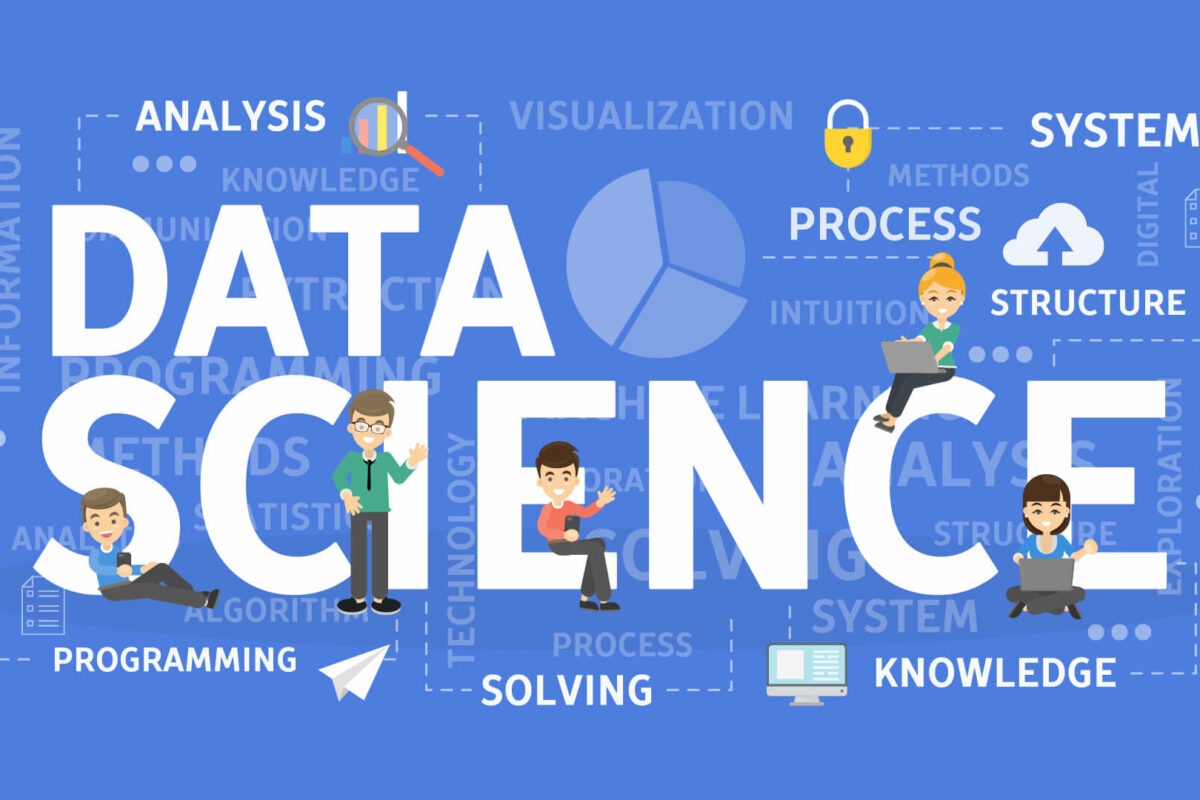In recent years, we have seen a significant shift in the way we use the internet. The rise of blockchain technology and the development of decentralized applications (DApps) have led to the emergence of Web3, the next generation of the internet. This new paradigm in web development is expected to revolutionize the way we interact with each other and conduct business online. In this article, we will explore the future of web development and how Web3 is set to change the internet landscape.
What is Web3?
Web3 is the third generation of the internet, also known as the decentralized web. Unlike the traditional web (Web1) and the social web (Web2), which rely on centralized servers, Web3 uses decentralized blockchain technology to enable peer-to-peer transactions and applications. This means that Web3 is not controlled by a single entity, but rather by a network of nodes that work together to validate and secure data.
Web3 is designed to be more secure, private, and transparent than its predecessors. It provides a decentralized infrastructure that is resistant to censorship, surveillance, and data breaches. Web3 development companies & this technology also offers users greater control over their data and digital identities, allowing them to interact with the internet on their own terms.
How does Web3 work?
Web3 uses a variety of technologies to create a decentralized web. The most important of these is blockchain technology, which provides a tamper-proof and transparent ledger of transactions. This ledger is maintained by a network of nodes, which work together to validate and confirm transactions.
Smart contracts are another key technology used in Web3 development. Smart contracts are self-executing contracts that automate the process of verifying and enforcing the terms of an agreement. They are written in code and stored on a blockchain, ensuring that they are transparent, secure, and tamper-proof.
Web3 also uses decentralized storage systems, such as InterPlanetary File System (IPFS), to store and distribute data. Unlike traditional storage systems, which are centralized and vulnerable to attacks, decentralized storage systems distribute data across a network of nodes, making it more difficult for hackers to compromise.
What are the benefits of Web3?
Web3 offers several benefits over traditional web development. Some of these benefits include:
- Decentralization: Web3 is decentralized, meaning that it is not controlled by a single entity. This makes it more resistant to censorship, surveillance, and data breaches.
- Security: Web3 is more secure than traditional web development, thanks to the use of blockchain technology and smart contracts.
- Transparency: Web3 provides greater transparency, as all transactions are recorded on a blockchain ledger that is visible to all network participants.
- Privacy: Web3 allows users to control their data and digital identities, ensuring greater privacy and protection against data breaches.
- Innovation: Web3 is a platform for innovation, enabling developers to create decentralized applications that are not possible with traditional web development.
Hire IT consulting companies in NYC for web3 development services.
How will Web3 impact the future of web development?
Web3 is set to have a significant impact on the future of web development. Some of the ways that Web3 is likely to change the internet landscape include:
- Decentralized Applications: Web3 enables the development of decentralized applications (DApps), which are not controlled by a single entity. This means that DApps are more secure, transparent, and resistant to censorship than traditional web applications.
- Tokenization: Web3 allows for the creation and exchange of digital assets, such as cryptocurrencies and non-fungible tokens (NFTs). This opens up new opportunities for value exchange and creates new revenue streams for developers and businesses.
- Digital Identities: Web3 allows users to control their digital identities, providing greater privacy and protection against data breaches. This also opens up new opportunities for identity verification and authentication, which can be used for a range of applications, from e-commerce to online voting.
- Decentralized Finance (DeFi): Web3 enables the development of decentralized finance (DeFi) applications, which allow for peer-to-peer lending, borrowing, and trading without the need for intermediaries. This creates new opportunities for financial inclusion and disrupts traditional banking systems.
- Interoperability: Web3 allows for greater interoperability between different blockchain networks and applications. This means that users can transfer value and data across different networks, opening up new possibilities for cross-chain applications and services.
- Increased Collaboration: Web3 is built on open-source principles, encouraging collaboration and innovation across different communities and projects. This creates a more collaborative and decentralized ecosystem that fosters innovation and creativity.
Conclusion
Web3 is the next generation of the internet, offering a decentralized infrastructure that is more secure, private, and transparent than its predecessors. It provides new opportunities for innovation, value exchange, and collaboration, and is set to revolutionize the way we interact with each other and conduct business online.
As we move towards a more decentralized and interconnected world, Web3 is poised to become a key driver of innovation and growth in the digital economy. By understanding the potential of Web3, developers and businesses can stay ahead of the curve and leverage this new paradigm in web development to create innovative and transformative applications and services.













